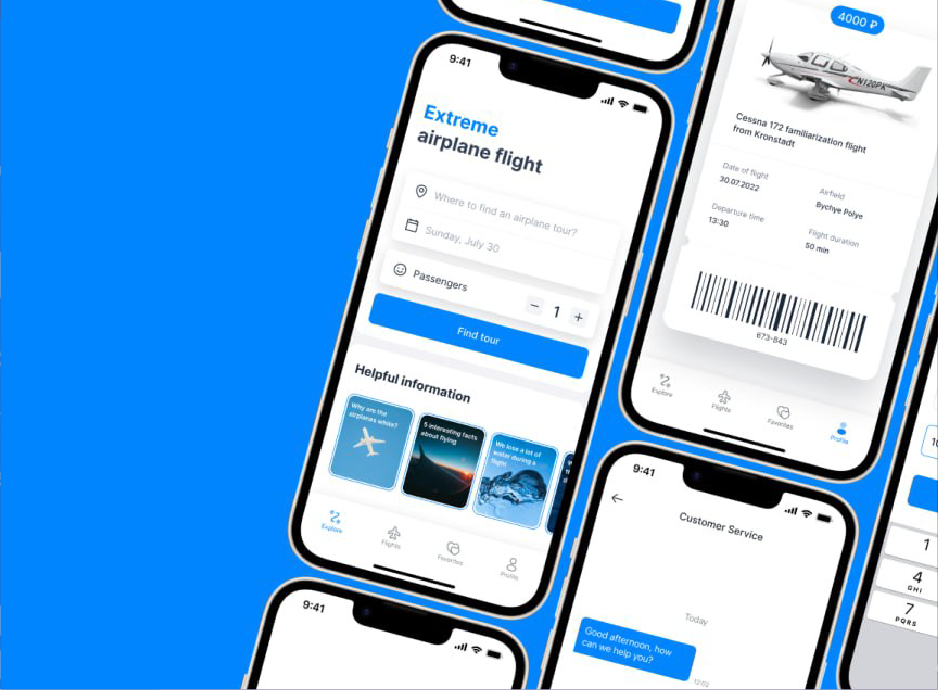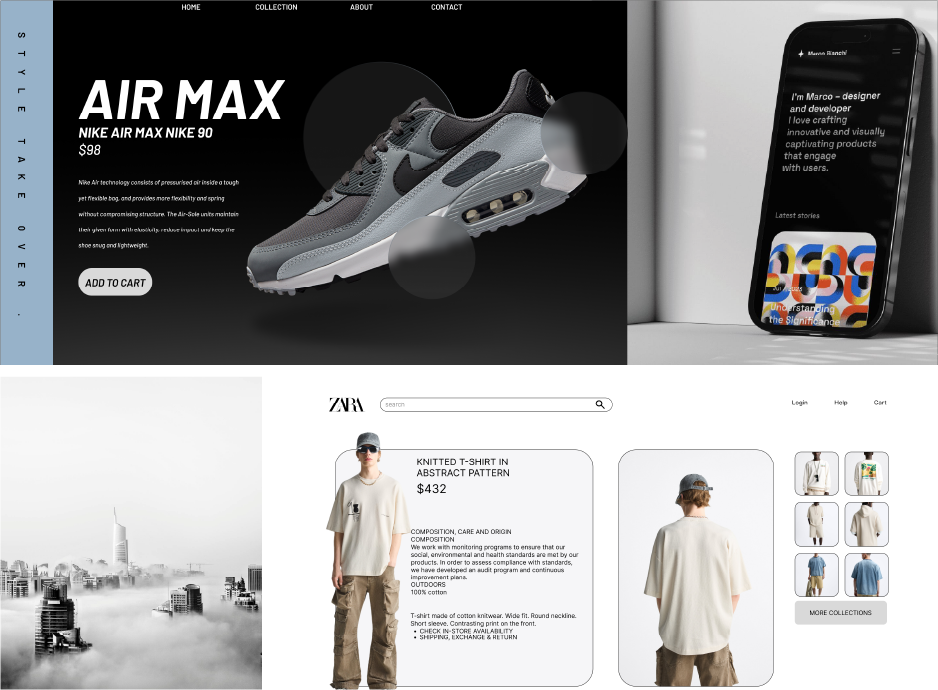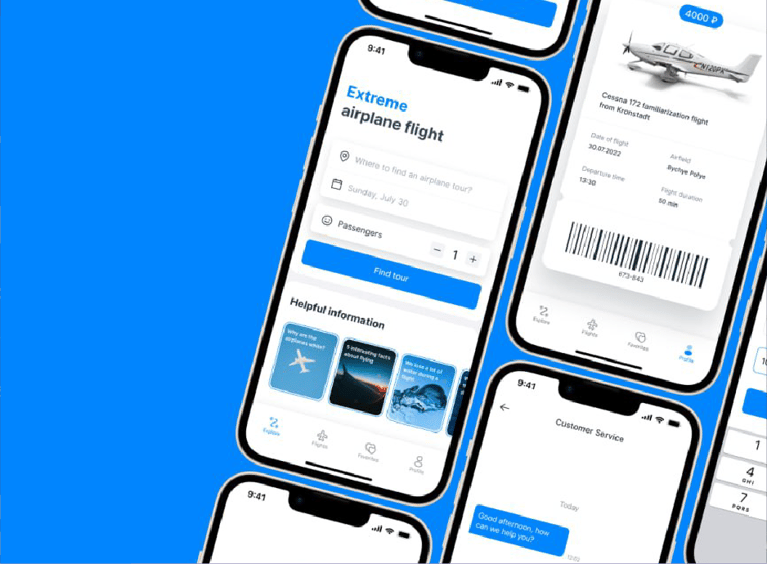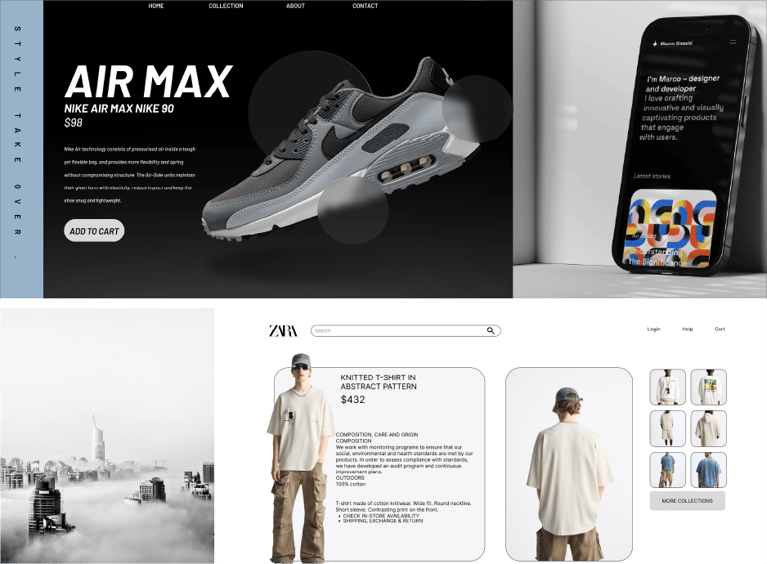AngularJS Essential Tips and Tricks for Beginners
AngularJS is a front-end web development framework that has been around for a while, but it’s still not one of the easiest frameworks to learn. In this article, we’re going to cover some of the most important tips and tricks so that you can get your bearings and start building your Angular Gardens!
Introduction to AngularJS
AngularJS is a powerful JavaScript framework that can help you build web applications with rich user interfaces. If you’re a beginner, it can be tough to get started with AngularJS. That’s why we’ve put together this essential tips and tricks guide for beginners.
In this guide, we’ll cover the basics of AngularJS so that you can get started building your own web applications. We’ll also share some essential tips and tricks that will help you get the most out of AngularJS.
So, let’s get started!
Using the HTML form and input
The HTML form is an essential part of every web application. It is used to collect user input and submit it to the server for processing. AngularJS makes working with forms easy. Let’s start by creating a simple form that has two input fields: name and email. We will then add some basic validation to the form so that we can make sure that the user has entered their name and email address before submitting the form. Finally, we will handle the form submission and display the submitted data on the page.
Set, Get, $watch and $scope with AngularJS
Let’s take a look at four different ways to work with data in AngularJS: setting data, getting data, watching for changes to data, and using the $scope object.
Setting Data
To set data in AngularJS, you can use the $set() method. This method takes two arguments: the name of the variable that you want to set, and the value that you want to set it to. For example:
$set(“name”, “John Doe”);
This would set the name variable to John Doe. You can also set multiple variables at once by passing an object as the first argument:
$set({ “name”: “John Doe”, “age”: 30 });
Getting Data
To get data from AngularJS, you can use the $get() method. This method takes one argument: the name of the variable that you want to get. For example:
var name = $get(“name”); // returns “John Doe”
You can also get multiple variables at once by passing an array of variable names as the first argument:
var userData = $get([“name”, “age”]); // returns { “name”: “John Doe”, “age”: 30 }
Watching for Changes in Data
Conditionals with ngIf and Else
In AngularJS, ngIf is used to conditionally add or remove an element from the DOM. If the expression passed to ngIf evaluates to true, the element is added to the DOM, otherwise, it’s removed.
You can also use an else clause with ngIf. The else clause adds an element to the DOM if the expression passed to ngIf evaluates to false.
Here’s a simple example:
<div ng-if=”showHeader”>
<h1>This is the header</h1>
</div>
<div ng-else>
<h1>This is the alternative header</h1>
</div>
Events in AngularJS
AngularJS provides a powerful events system that can be used to handle various user interactions within your web application. Events can be triggered by various user actions such as clicking on an element, hovering over an element, or even scrolling down the page.
AngularJS also provides a number of built-in directives that can be used to bind specific functions to specific events. For example, the ng-click directive can be used to bind a function to the click event of an element. The ng-mouseover directive can be used to bind a function to the mouseover event of an element.
In addition to the built-in directives, AngularJS also allows you to create your own custom directives. This gives you even more control over how functions are executed in response to events.
By using the AngularJS events system, you can create sophisticated and interactive web applications that provide a great user experience.
Controllers in AngularJS
AngularJS controllers are the key to AngularJS’s data binding and MVC capabilities. By design, they are intended to be lightweight, with all of the business logic being handled in services. However, there are times when a controller needs to be more than just a simple data container. Let’s explore some of the different ways that controllers can be used in AngularJS applications.
One common use for a controller is to act as a mediator between the view and the model. This can be useful when you need to perform some transformation on the data before it is displayed in the view, or when you need to save user input back to the model in a format that is different from what is displayed in the view. For example, you might have a date field that is displayed as “MM/DD/YYYY” in the view, but you need to save it as a Unix timestamp in the model. The controller can handle this conversion for you.
Another use for controllers is validation. When users input data into your application, you’ll often need to validate it before saving it or displaying it back to them. Controllers are well suited for this purpose because they have access to both the model (where the data came from) and the view (where any error messages need to be displayed). This gives them everything they need in order to perform complex validation tasks.
Finally, controllers can also be used for URL routing.
Modules in AngularJS
AngularJS modules are self-contained units of code that can be used to modularize your AngularJS application. Modules are typically used to encapsulate related functionality into a single unit and can be used as a dependency in other modules. Modules can be loaded using angular.module() method, and can be injected into controllers, services, and directives using the $injector service.
AngularJS modules are organized into packages, each of which contains a set of related modules. Packages can be found in the /node_modules folder of your AngularJS project. For example, the @angular/core package contains the core modules for AngularJS applications.
In addition to core AngularJS modules, there are also third-party modules that can be used to add additional functionality to your application. These modules can be found in various places online, such as GitHub or npm.
Directives in AngularJS
AngularJS provides a variety of directives that can be used to manipulate the DOM, route events to event handlers, perform data binding, and more. In this section, we’ll take a look at some of the most commonly used directives in AngularJS.
One of the most commonly used directives is the ng-model directive. This directive allows you to bind a value to a form field (or other elements) and keep that value synchronized with the model. For example, if you have an input field for an email address, you can use ng-model to keep the value of that field in sync with the email property of your model object.
Another common directive is ng-bind. This directive allows you to dynamically set the text content of an element based on a value in your scope. For example, if you have a model property called message, you can use ng-bind=”message” to display that value in an element.
The ng-show and ng-hide directives are also commonly used to control the visibility of elements based on values in the scope. The ng-show directive will show an element if the value it is bound to is truthy, while ng-hide will hide an element if the value it is bound to is falsy.
The ng-repeat directive is another useful directive that allows you to repeat a template for each item in an array or collection. For example, if you have an array of objects called items, you
Services in AngularJS
AngularJS provides a wide range of services that can be used by developers to create single-page applications. These services include:
- Template compilation and rendering
- Data binding
- Form validation
- HTTP communication
- Routing and view navigation
- Unit testing
- End-to-end testing
Filters in AngularJS
Filters in AngularJS are one of the most powerful features, and they can be used in a variety of ways.
Here are some essential tips and tricks for using filters in AngularJS.
- Filters can be used to format data for display. For example, the currency filter can be used to format a number as currency.
- Filters can be used to modify data before it is processed by a directive or controller. For example, the uppercase filter can be used to convert a string to uppercase before it is displayed.
- Filters can be chained together. For example, the currency filter can be chained with the number filter to format a number as currency with a specific number of decimal places.
- Some filters take arguments. For example, the limit To filter takes an argument that specifies the maximum length of an array or string that will be returned by the filter.
Custom filters can be created by registering a new filter factory function with the $filter Provider service.
Conclusion
If you’re just getting started with AngularJS, then these tips and tricks should help you get up to speed quickly. Remember to keep things simple, use the data binding features to your advantage, and take advantage of the many helpful AngularJS tools that are available. With a little practice, you’ll be creating amazing AngularJS applications in no time.
To learn more about AngularJS, enroll in the Advanced Web Development course by DICE Academy!
You Might Also Like
A Comprehensive Guide for Beginners in Full...
How to Prepare for a Full Stack Development Job...
Stay Tuned
Stay up to date with our latest courses.



















.png?width=130&height=53&name=image%2027%20(1).png)














.jpg)















.jpg?width=767&name=movie%20poster%20%20(option%202).jpg)

BOOK A FREE CONSULTATION